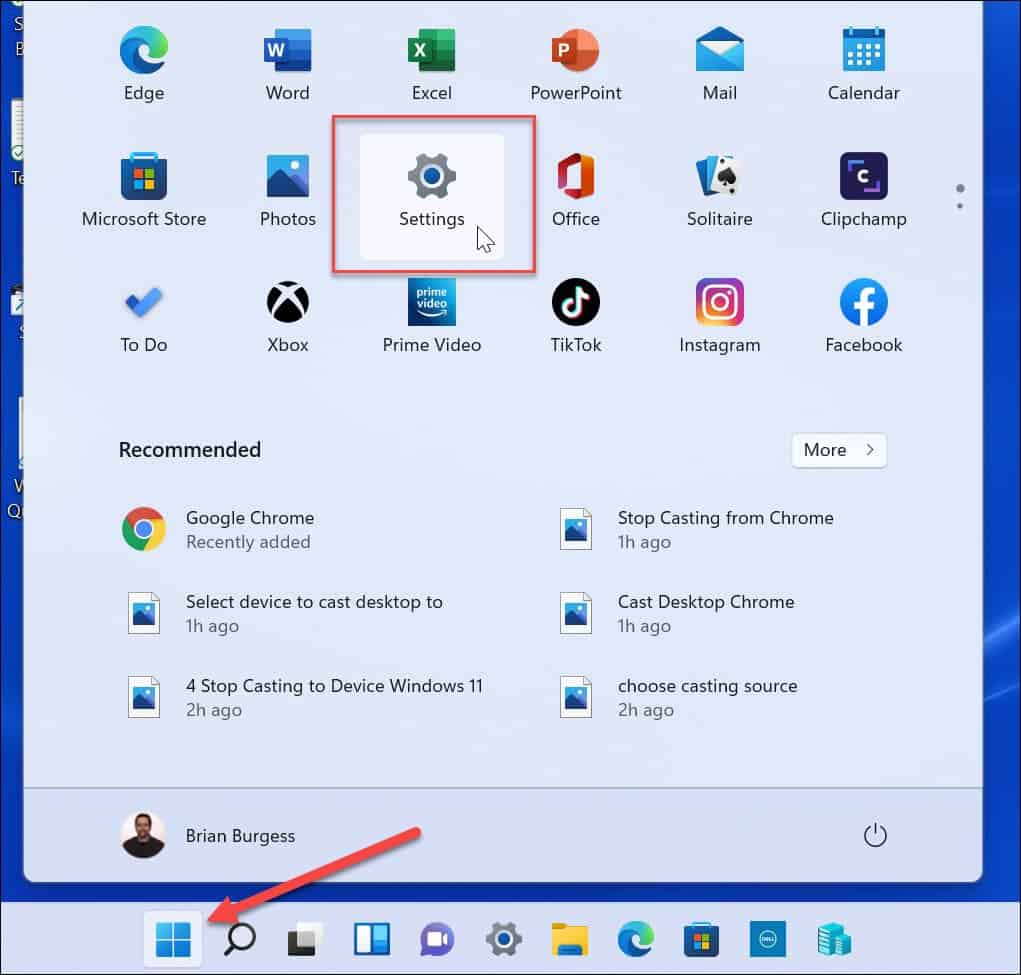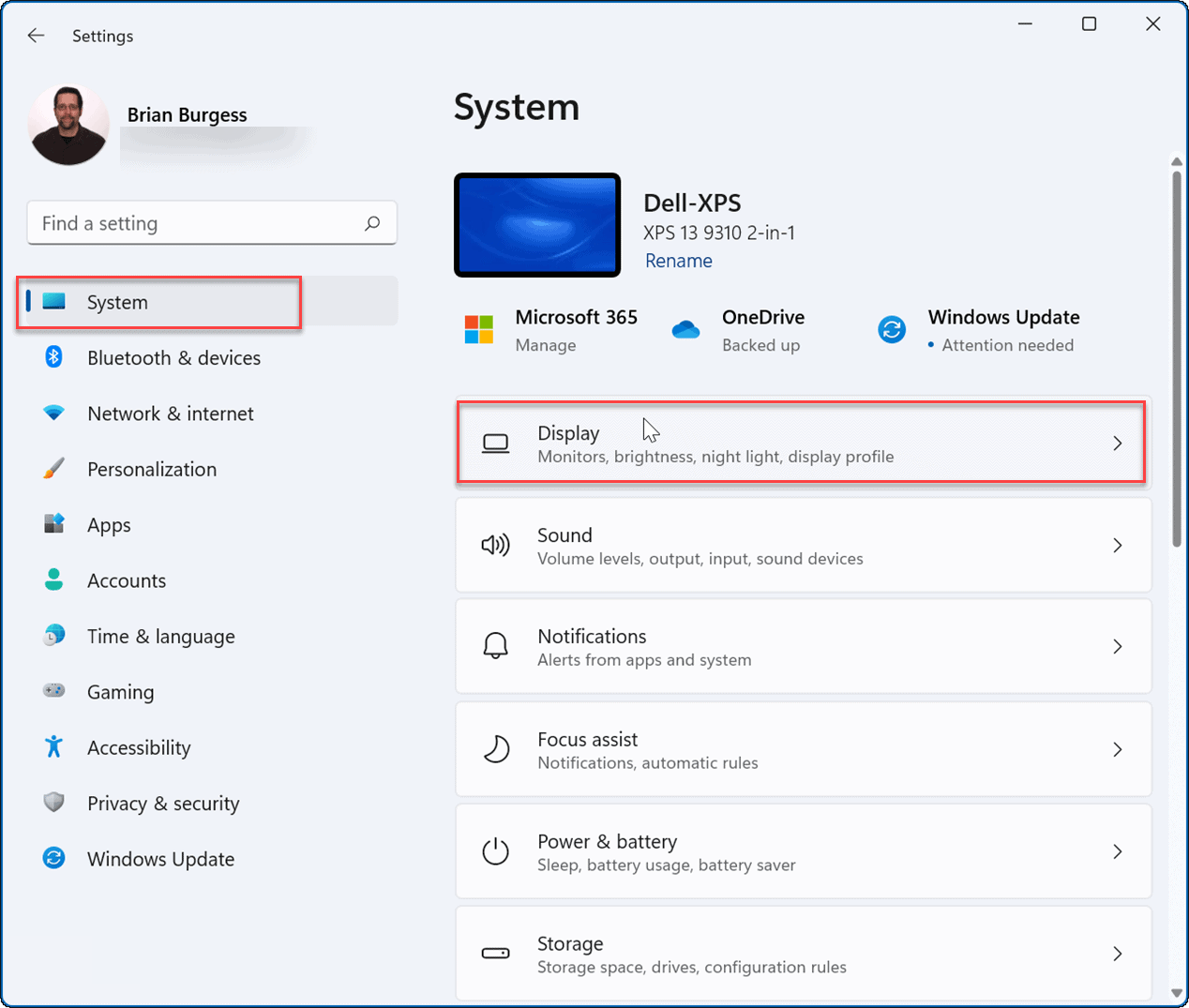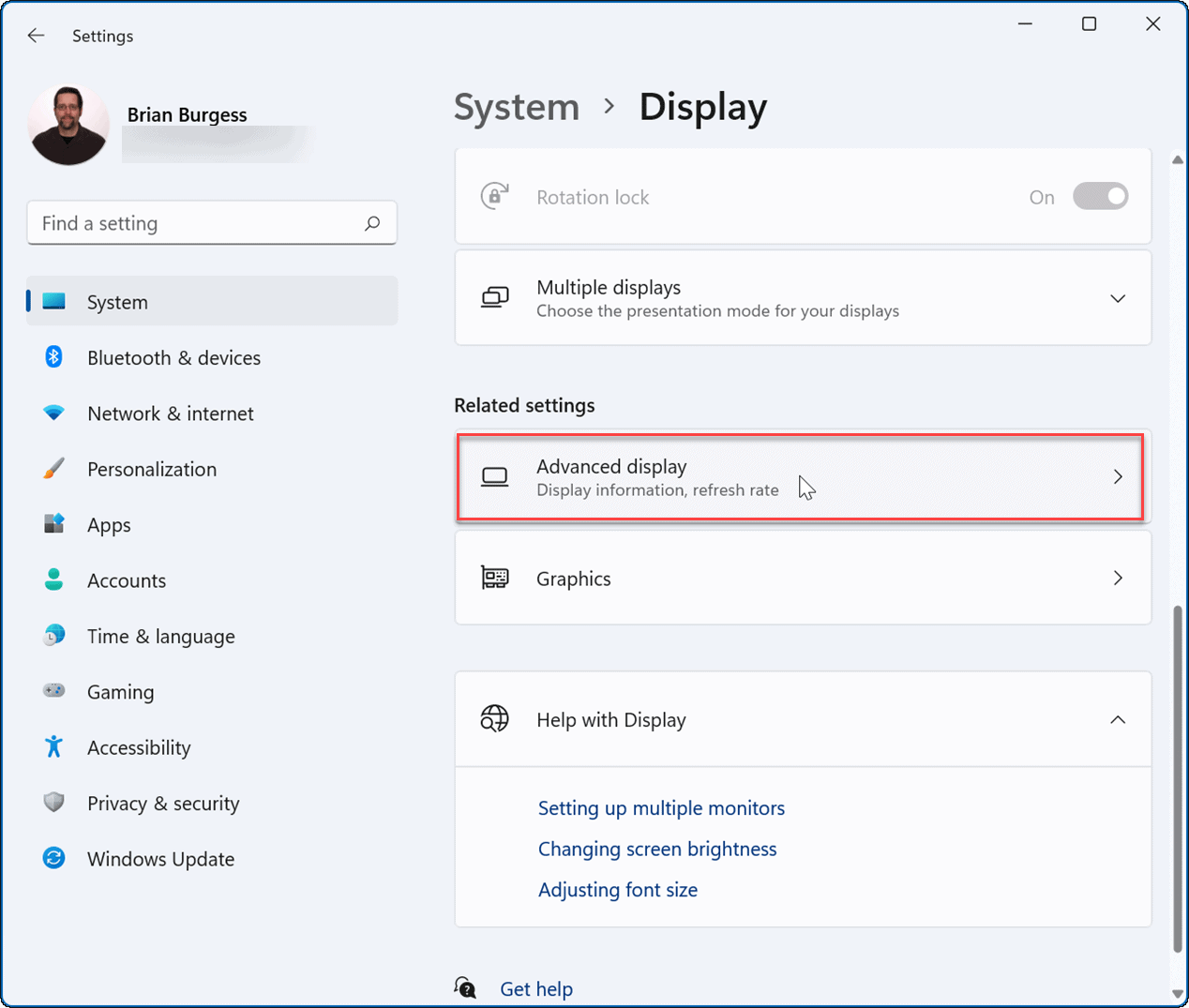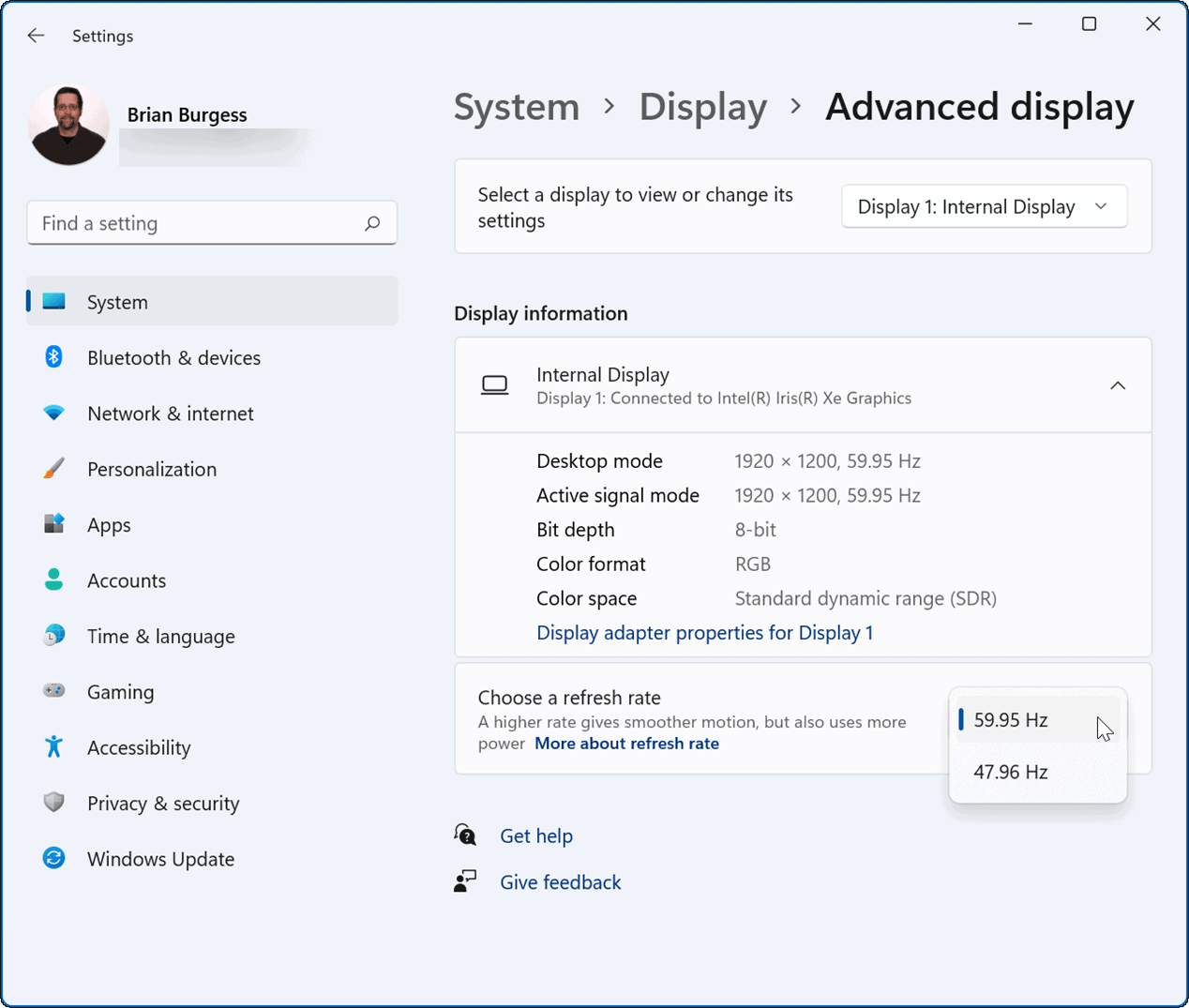This number—the number of times an image appears and reappears on a display—is the –, measured in Hertz (or Hz). The faster the image refreshes on your screen, the better your viewing experience will be. Maybe you’re a gamer with a monitor that supports 144Hz or higher. Perhaps you’re looking to improve the battery life on your laptop. Whatever the reason, changing the refresh rate in Windows 11 is straightforward if you know where to look.
How to Change Refresh Rate in Windows 11
The refresh rate is important, especially on gaming displays and other high-end monitors. If you’re not getting a quality refresh rate, it can cause screen flickering and eye strain. That’s especially true when looking at the display for prolonged periods. Thankfully, Windows generally does an excellent job configuring it automatically, but there are times when you want to change the refresh rate in Windows 11. To adjust the refresh rate in Windows 11 through Settings, use these steps:
After setting the optimal refresh rate, your monitor may blink briefly. After that, you can start using the new look of the improved display rate you set up. Typically, gamers and graphics artists will notice refresh rate changes the most. Bumping it up means a smoother and more enjoyable experience while sitting in front of the screen. Also, keep in mind that a higher refresh rate reduces laptop battery life since it uses more power.
Windows Display Settings
While Windows does an excellent job of managing the display settings automatically, there might come a time when you need to adjust it. Another important thing worth mentioning is setting the Display Scale settings on Windows 11. If you’re looking at a monitor all day, adjusting the scale or size of visual elements on your screen can help. If you’re not on Windows 11 yet, you can also change the size of icons on Windows 10. Windows 11 has an overhauled user interface that some users might not like. For example, you might not like the placement of the Start button, but you can move it back to the left. Or, if you don’t like the new desktop icons (or lack thereof), you can restore legacy system icons to the desktop. Comment Name * Email *
Δ Save my name and email and send me emails as new comments are made to this post.
![]()





